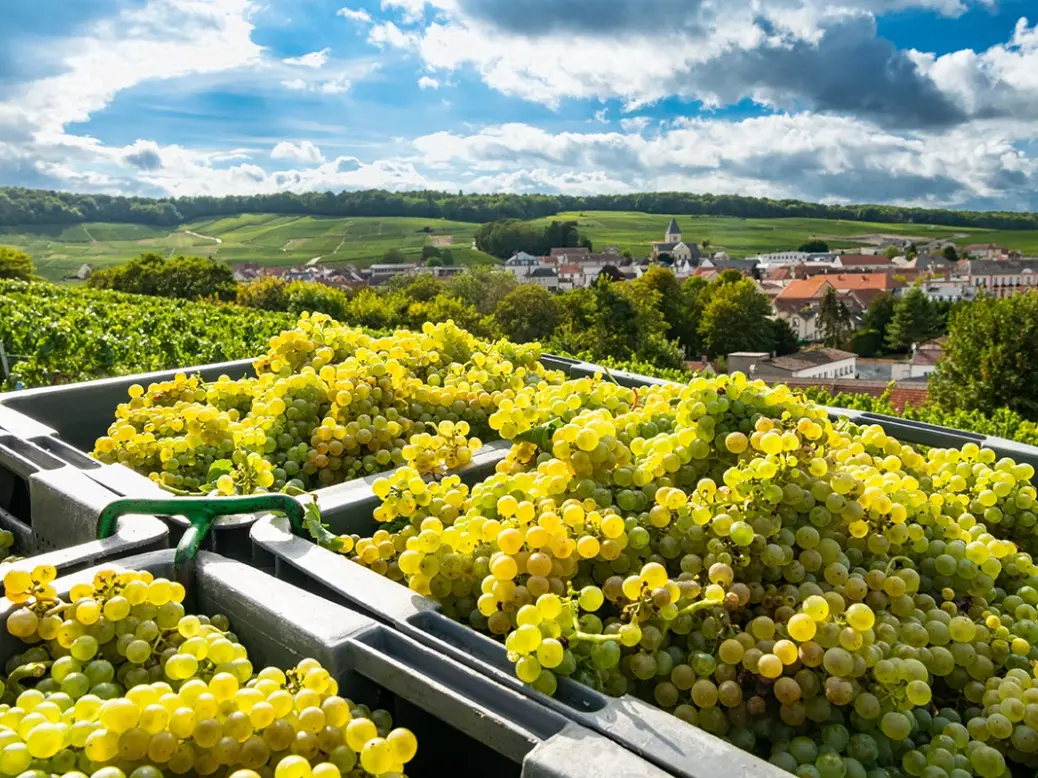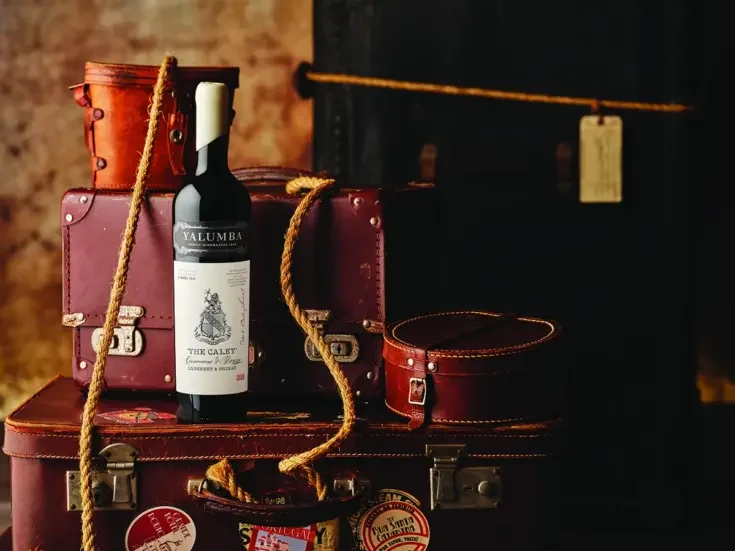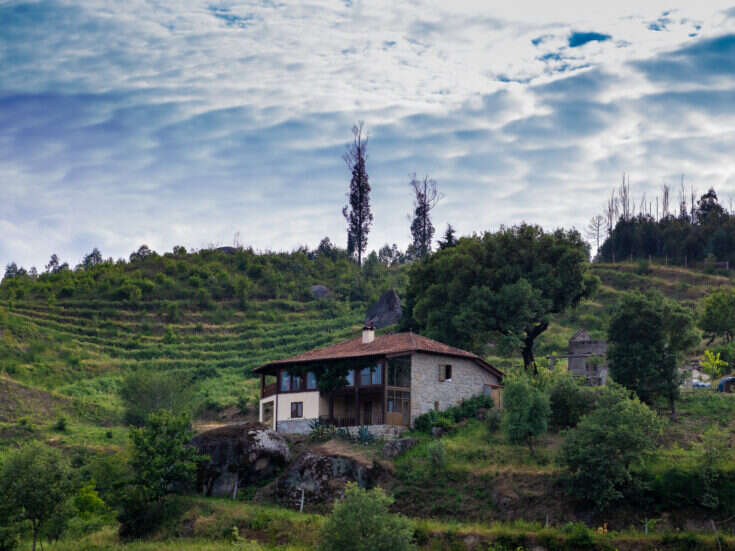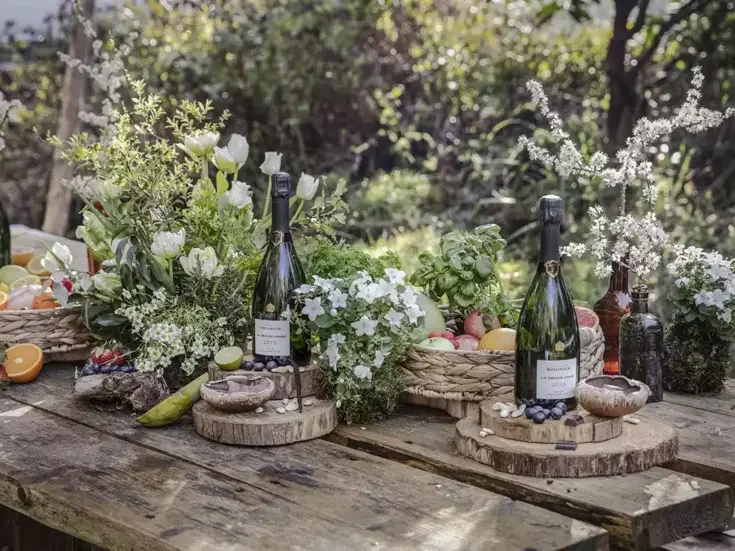
Tom Stevenson marks 20 years since the first issue of The World of Fine Wine by looking back at 2004 Champagne—and picking out some of his favorite wines from the vintage.
What better way to celebrate WFW’s 20th anniversary than with the best Champagnes of its launch year, 2004? It was a unique vintage in the history of Champagne—a year that was born from extraordinary circumstance and known for its huge crop. Averaging 23,000 kilos or 144 hectoliters per hectare, 2004 Champagne was more than one and a half times the maximum allowed for a lowly Vin de Table. Ironically, had it been Vin de Table, the entire crop would have been carted off to the distillery…
The sheer enormity of this crop had begun to sink in by June, when quality-conscious producers began debudding up to 40% of the potential, then green-pruning just as much again in July, but what remained was still enormous. Although the summer began well, it was so dull, wet, and cold for most of August that growth came to a complete halt. By August 23, the Chardonnay and Pinot Noir had barely nudged their way to a potential of 4%, whereas the harvest of fully ripe Champagne grapes had begun on August 21 the year before.
With such a massive crop of undeveloped grapes and September just one week away, the fate of the 2004 Champagne harvest looked dismal indeed. If it rained in September, it could have been an even bigger disaster than 2021, when the crop was 17,000kg per hectare and a wet September had failed to ripen it. Only by harvesting the best 11,000 kilos per hectare was it possible to achieve a miserable 8.5% ABV and produce the worst vintage since 1984. In 2004, with 23,000 kilos hanging on the vines, the Champenois doubted that even a sunny September could save the harvest. Yet it did; and with hindsight, the poor weather that stopped the growth cycle dead in August would turn out to be a godsend.
When the sun came out in September, something strange and unpredictable happened. Yes, it ushered in ideal conditions for ripening, and cool, clear nights to preserve the acidity, but surely there was far too much ground to recover for even a half-decent vintage to be salvaged from such a vast crop of underdeveloped fruit?
At this point in Champagne, a crop normally accumulates grape sugars equivalent to 0.8% ABV a week, but in 2004 the ripening process hurtled along at an unheard-of 1.5% ABV. Furthermore, contrary to all previous experience, the grapes continued to grow in size as they ripened, and the final result was not a half-decent vintage but a truly excellent one, with many great Champagnes produced.
The 2003 effect on 2004 Champagne
It was not until several months later that the explanation for this phenomenon emerged. The story begins in April 2003, exactly one year before the first leaf of 2004 appeared. Although 2003 is remembered as the pan-European drought year and known for its blistering heat, Champagne suffered devastating frosts and freezing fog in April of that year. The buds on more than 50% of the vineyards were destroyed, and this left vast reserves of unused plant sugars in the vine’s root system. When the sun burst through in September 2004, the ripening process was rekindled, and the 2003 plant sugars combined with those created by photosynthesis of the September sun turbocharged the ripening of a truly mega-sized crop. This phenomenon became known as “the 2003 effect,” and had it occurred in August when the nights would have been warmer, the wines would not have had less acidity and linearity. With the benefit of hindsight, the Champenois should be thankful that August was so dull, wet, and cold that the vine’s metabolism performed an emergency stop. Not that you could have convinced anyone of that at the time.
Looking back over 20 years of notes, to see which 2004 Champagnes promised the most potential and stood the test of time, I ended up with 16 standouts. After a comparative tasting of historic disgorgements of 12 of these in both bottle and magnum (four were unavailable), only seven survived, and not all of those in both bottle formats. The five that did not make it are not failures, as they were all stunning in their day—some until very recently. They have now, however, succumbed to oxidation. A score of 100 here is the pinnacle of what could be achieved in the 2004 vintage.
2004 Champagne: Seven of the finest wines
45% Chardonnay, 55% Pinot Noir; 12% ABV; 9g/l TS
The laser-like focus, sheer finesse, and beauty of this wine have been strikingly evident since the get-go and remain so to this day—and that’s the 75cl bottle. The magnum is so fresh and full of gorgeously pristine fruit that it is all too easy to overlook its complexity. Mesmerizing. | 99
2004 Roederer Cristal Rosé Brut
40% Chardonnay, 60% Pinot Noir; 12% ABV; 9g/l TS
Ridiculously fresh and young for its 20 years, with soft, sweet, vanilla-dusted Turkish-delight fruit riding on a gravity-defying cushiony mousse—and again, that’s just the 75cl bottle. One day I should drink, not just taste, this in magnum against a magnum of 2002 Cristal Rosé; or maybe not, since that would produce a winner, when I prefer to think that they are both the best! | 100
2004 Deutz Blanc de Blancs Brut
100% Chardonnay; 12% ABV; 9g/l TS
Initially, my favorite 2004 Deutz was the straight Vintage—and that was by a long chalk—but now, in magnum, this is easily deluxe Champagne quality, and it shines with a classy, understated, beautifully mellow toastiness. By the 75cl bottle, it is a conundrum: firm, fresh, and focused, but almost unformed. It’s as if it hasn’t grown up. | 97
47% Chardonnay, 53% Pinot Noir; 12.5% ABV; 5g/l TS
One sign of great potential longevity is when the richness of a wine is originally perceived as light but steadily and relentlessly builds over the years, as this has in magnum. The bottle is oxidative and fails to make the grade, but the magnum is chock-full of reductive firework aromas, toasty and charred, with notes of coffee and Chantilly cream on the finish. | 96
80% Chardonnay, 20% Pinot Noir; 12.5% ABV; 5.5g/l TS
Both bottles and magnums win here, with wild strawberries in the former, while the magnum is more cultivated strawberry edged with raspberry. The raspberry dissipates in the glass, and if you keep the opened magnum in the fridge, the strawberry increases. One of Dom Ruinart Rosé’s most delicate vintages. | 97
2004 Perrier-Jouët Belle Epoque Blanc de Blancs Brut (magnum)
100% Chardonnay; 12.5% ABV; 8g/l TS
The bottle failed to make the cut due to oxidation, although much less prominent than some of the other also-rans, and it’s a pity, because its vanilla-dusted coconut fruit is really delightful, and I suspect a recent disgorgement would be quite magical. In magnum, however, this historic disgorgement remains fresh, pure, and precise, and it still has many years to reach its full potential, as long as this clear-glass magnum is kept away from the light. | 96
2004 Pommery Grand Cru Vintage Brut
50% Chardonnay, 50% Pinot Noir; 12.5% ABV; 8g/l TS
This big, rich, toasty-fruity Champagne is still as clean as a whistle, with no oxidative aromas whatsoever, and it remains an absolute joy to drink, from both bottle and magnum. The magnum is less toasty, and the toasty notes are so evidently slow in their evolution, thus finer and more delicate. Probably one of the most underrated Champagnes. | 96







